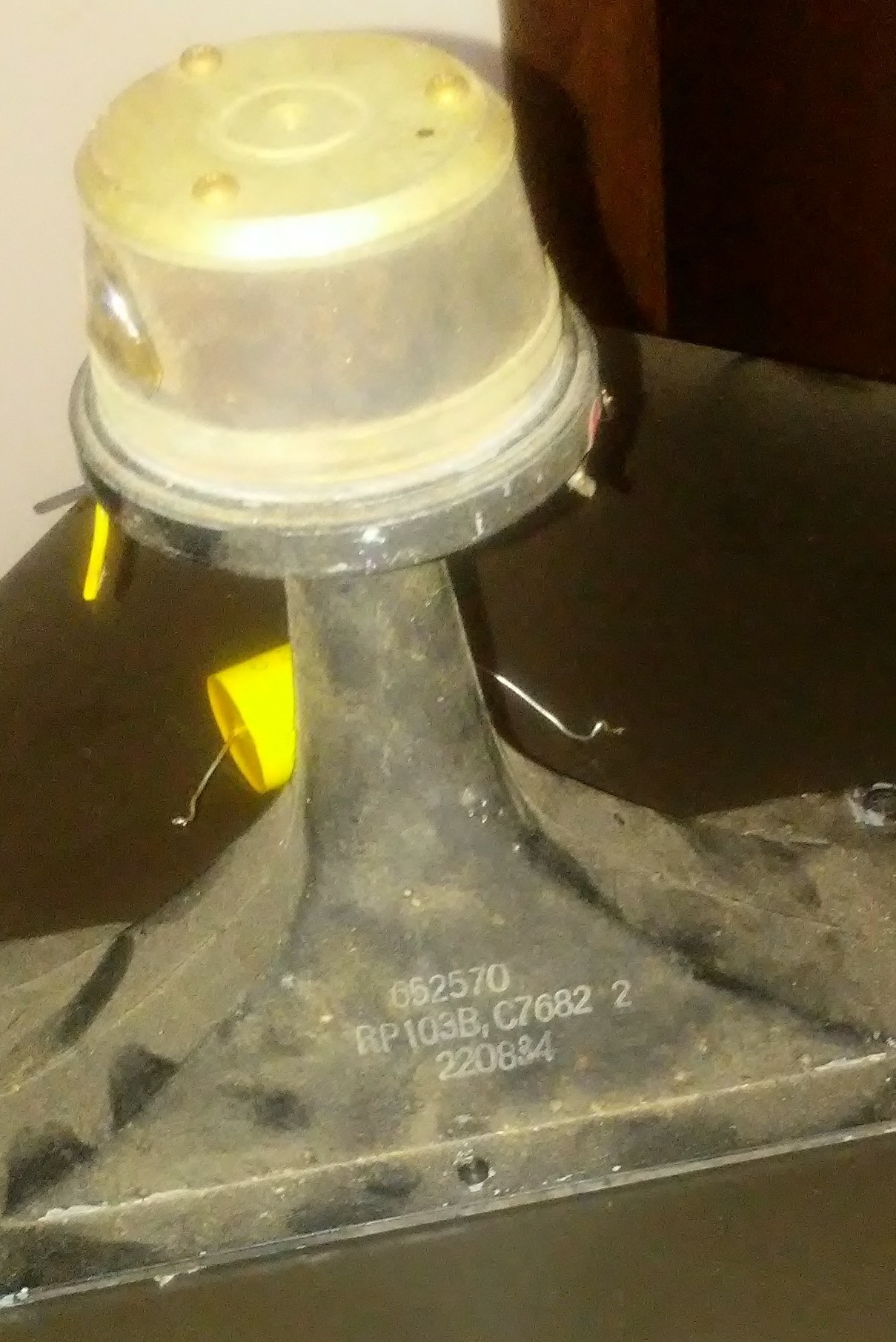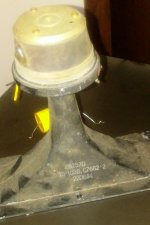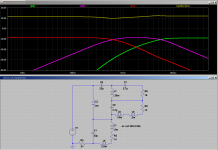Because you only need 2 amp channels, and it can connect as a stereo pair to any 2 channels anywhere. By the time the DSP and the 4 or 6 amp channels are purchased, you are over the cost of a passive xover design. You also don't have 4-6 pieces of gear to cart around with said design when translating it to another room.
Active is not the be-all and end-all. Active/DSP only attenuates, as it cannot shunt off or short out energy storage by way of a trap or series LCR. Yes- there are things DSP cannot do. I had a lengthy discussion on these fine points a little over a year ago to someone who thought DSP was able to do everything a passive could. Sure Passives can't do FIR filtering, but on the order of most else besides filtering/EQ/limiters that adjust with output level as a varying AI, passives can do if you procure enough parts.
And- I've heard transfer-function matched DSP and passive systems, and preferred the passive system. No- I was not told beforehand which was which.
This, my fellow builder, is why passives remain most commonplace.
Later,
Wolf
Active is not the be-all and end-all. Active/DSP only attenuates, as it cannot shunt off or short out energy storage by way of a trap or series LCR. Yes- there are things DSP cannot do. I had a lengthy discussion on these fine points a little over a year ago to someone who thought DSP was able to do everything a passive could. Sure Passives can't do FIR filtering, but on the order of most else besides filtering/EQ/limiters that adjust with output level as a varying AI, passives can do if you procure enough parts.
And- I've heard transfer-function matched DSP and passive systems, and preferred the passive system. No- I was not told beforehand which was which.
This, my fellow builder, is why passives remain most commonplace.
Later,
Wolf
Yes there are many good reasons to go passive.
1. Cost
2. Your end user may not be willing or able to set it up properly.
3. You may not want DSP for the analog sources (though could use linear active x-overs).
4. Portability.
5. Lots of cabling clutter (WAF).
Active has its place and advantages but is not ideal for every situation.
1. Cost
2. Your end user may not be willing or able to set it up properly.
3. You may not want DSP for the analog sources (though could use linear active x-overs).
4. Portability.
5. Lots of cabling clutter (WAF).
Active has its place and advantages but is not ideal for every situation.
BTW, what got me thinking of this is a little project for a mono garage speaker. I have on hand 12" driver from Hammond L-100, a Quam 4" full range (several actually), and this little Jensen horn...

All drivers are 16 ohm. My initial idea was to use just the 12" and horn crossed around or a little below 2kHz but using the quam as a wide band midrange from say 700Hz or so to 5 or 6KHz has some appeal. The upper end of course would depend somewhat on the dispersion of the horn.
All drivers are 16 ohm. My initial idea was to use just the 12" and horn crossed around or a little below 2kHz but using the quam as a wide band midrange from say 700Hz or so to 5 or 6KHz has some appeal. The upper end of course would depend somewhat on the dispersion of the horn.
Attachments
I would do the three way. The old Jensen horn is happier crossed above where they were forced to play in a lot of vintage boxes. Amazing how Alnico magnets were ordinary back then; now, not so much.
Did AR do a hybrid of parallel between woof and mid/high and series between mid and high?
Did AR do a hybrid of parallel between woof and mid/high and series between mid and high?
Last edited:
One interesting thing I noticed with the simulations is that if you do not compensate for the inductance of the woofer voice coil the dip in impedance can be partially compensated by slightly decreasing the value of the cap across the woofer from the predicted value. So if one had inductors on hand it would be possible to correct somewhat that way.
- Status
- Not open for further replies.
- Home
- Loudspeakers
- Multi-Way
- 3 Way Series Crossovers?

